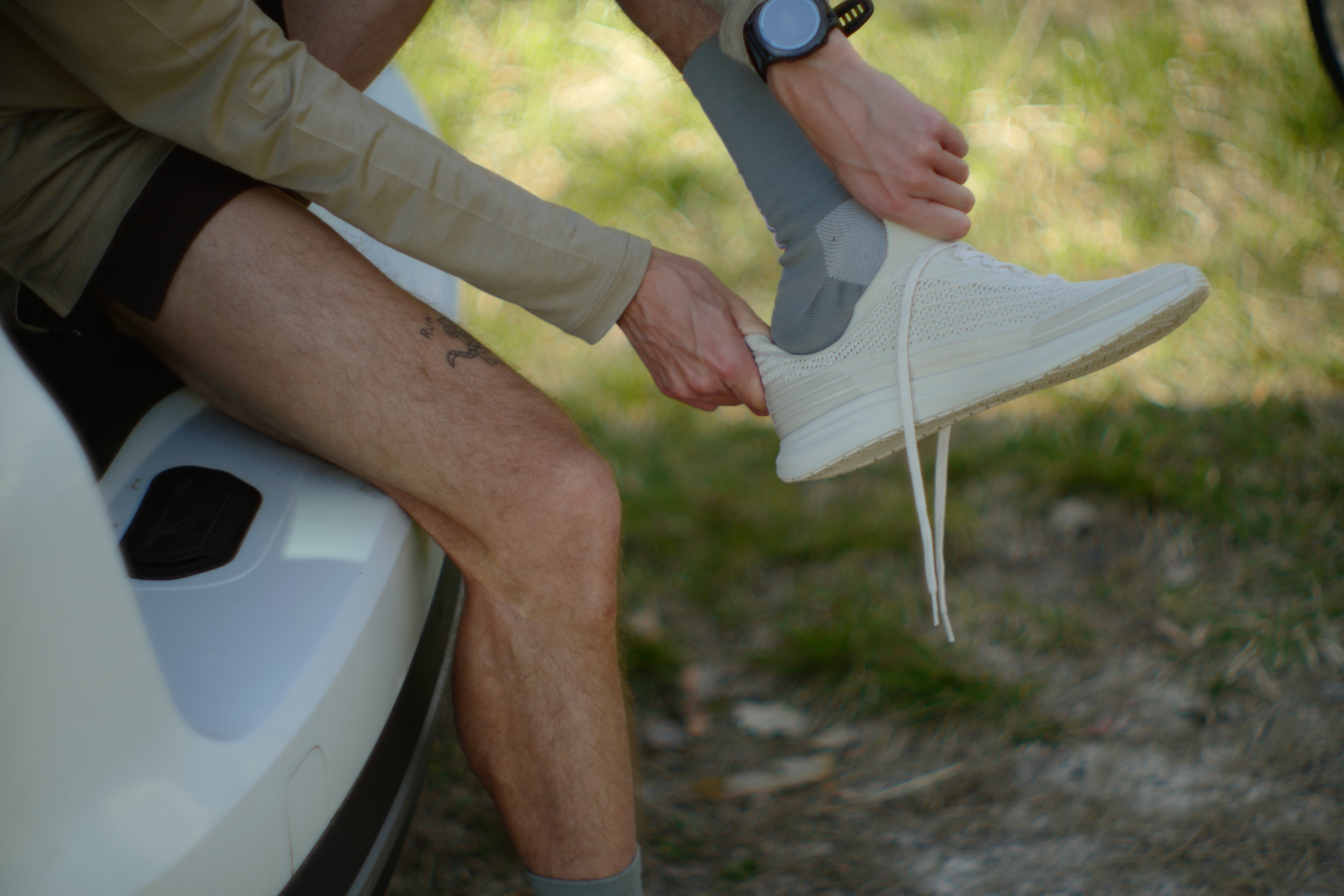
If you're feeling a persistent ache in the ball of your foot while walking or running, you're not alone. This common discomfort might be caused by issues like metatarsalgia, Morton's neuroma, or even sesamoiditis. Many active people wonder if the pain signals a serious problem or simply a setback from long hours on their feet. In this post, you'll find straightforward insights to help you understand your symptoms and decide whether it's time to adjust your routine or consult a professional. We know that dealing with recurring foot pain can disrupt your daily life, and we're here to offer clear guidance and practical tips.
Let's explore the causes, remedies, and when to seek help for that nagging pain in the ball of your foot.
Common Causes of Pain in the Ball of the Foot
Ball of foot pain isn’t just an inconvenience—it’s a signal that something might be off with the way your body handles pressure during daily activities or athletic training. The metatarsal region (the padded area just behind your toes) endures tremendous stress with every step.
Some of the key culprits include:
- High-impact and repetitive activities: Running, basketball, tennis, and other sports that involve constant jumping or rapid direction changes.
- Improper footwear: Shoes that lack proper cushioning, arch support, or have a narrow toe box can increase pressure on the ball of the foot. For instance, whether running shoes are good for walking is a common question, as they may not provide the necessary support for different activities.
- Sudden weight gain or increased training intensity: Extra weight or an abrupt spike in activity can overstress the metatarsal region.
- Structural and biomechanical issues: Conditions such as high arches, hammertoes, bunions, or abnormal weight distribution can contribute to pain.
- Specific foot conditions: Disorders like metatarsalgia, Morton's neuroma, and sesamoiditis each present unique challenges and localized discomfort.
When to See a Doctor for Ball of Foot Pain: Signs to Watch For
While many instances of foot pain can be managed with rest and home remedies, certain warning signs indicate that professional evaluation is necessary. Pay close attention to your body, especially if you experience:
- Persistent pain lasting more than two weeks
- Significant swelling that does not subside with rest
- Sharp or shooting pain during simple movements like walking
- Numbness or tingling sensations in the foot
- Visible deformities or changes in the structure of the foot
- Pain that disrupts daily activities or limits athletic performance
In these cases, consulting a sports medicine specialist or podiatrist for a comprehensive evaluation (often including diagnostic imaging) is highly recommended. Additionally, understanding what not to do with plantar fasciitis can help prevent further complications.
How Orthopedic Shoes Can Help Alleviate Ball of Foot Pain During Training
The right footwear plays a critical role in supporting foot health. Orthopedic shoes are designed not only for comfort, but also to address biomechanical challenges that contribute to foot pain. These specialized shoes work by:
- Redistributing pressure: Enhanced arch support and reinforced metatarsal padding help in evenly spreading the weight across the foot.
- Absorbing shock: Shock-absorbing midsoles reduce the impact on high-pressure areas during high-impact activities.
- Correcting alignment: A wide toe box and stable heel counters work to correct imbalances and provide overall stability.
- Customizable support: Many models offer adjustable features or customizable insoles for personalized foot care. For those needing extra support, consider our selection of insoles or specific products like the Comfort Pain Relief Insole.
At Oliver Cabell, we understand the challenges athletes face with foot health, which is why we’re committed to designing orthopedic shoes that support every step. Our thoughtfully crafted footwear is made to address the biomechanical challenges that contribute to ball of foot pain, offering enhanced cushioning, arch support, and shock absorption. We believe that informed choices lead to better foot care, and we’re here to share insights that complement your active lifestyle.
Stretching and Strengthening Exercises for Foot Pain Relief
Prevention and rehabilitation often begin with targeted exercises. A consistent routine that focuses on flexibility, strength, and stability can make a significant difference in foot health. Consider incorporating these exercises:
-
Toe Stretches and Curls:
- Practice toe curls using a towel to engage the intrinsic muscles of your foot.
- Perform individual toe extensions to improve flexibility.
- Try marble pick-up exercises to enhance dexterity and strength.
-
Arch Strengthening:
- Heel raises and arch lifts can help build stronger support beneath the foot.
- Using a foot roller or ball massage can relieve tension in the metatarsal area.
-
Mobility Drills:
- Ankle circles and heel walks improve overall movement flexibility.
- Standing foot rolls help maintain joint mobility and reduce stiffness.
Aim for a 10-15 minute daily routine, and remember to progress gradually and avoid pushing through sharp pain. For additional support, consider using orthotic insoles like our Low 1 Daybreak Orthotic Pain Relief option.
Final Thoughts
Understanding ball of foot pain is more than just addressing a medical condition—it’s about recognizing the foundation of your athletic journey. Each step you take tells a story of resilience, whether you're a weekend warrior or a dedicated athlete. The complexity of foot health goes beyond simple discomfort; it's about maintaining the intricate balance that keeps you moving forward.
The key takeaway is that foot pain isn't a roadblock, but a signal—a conversation between your body and your lifestyle. By paying attention to the subtle messages your feet send, you can develop a more intuitive approach to your physical well-being. Proper support, mindful movement, and understanding your body's unique needs are the cornerstones of sustained athletic performance.
Your feet are more than just a means of transportation. They're the silent heroes of your daily adventures, absorbing impact, providing stability, and carrying you through life's challenges. Treating them with respect means acknowledging their crucial role in your overall health and performance.